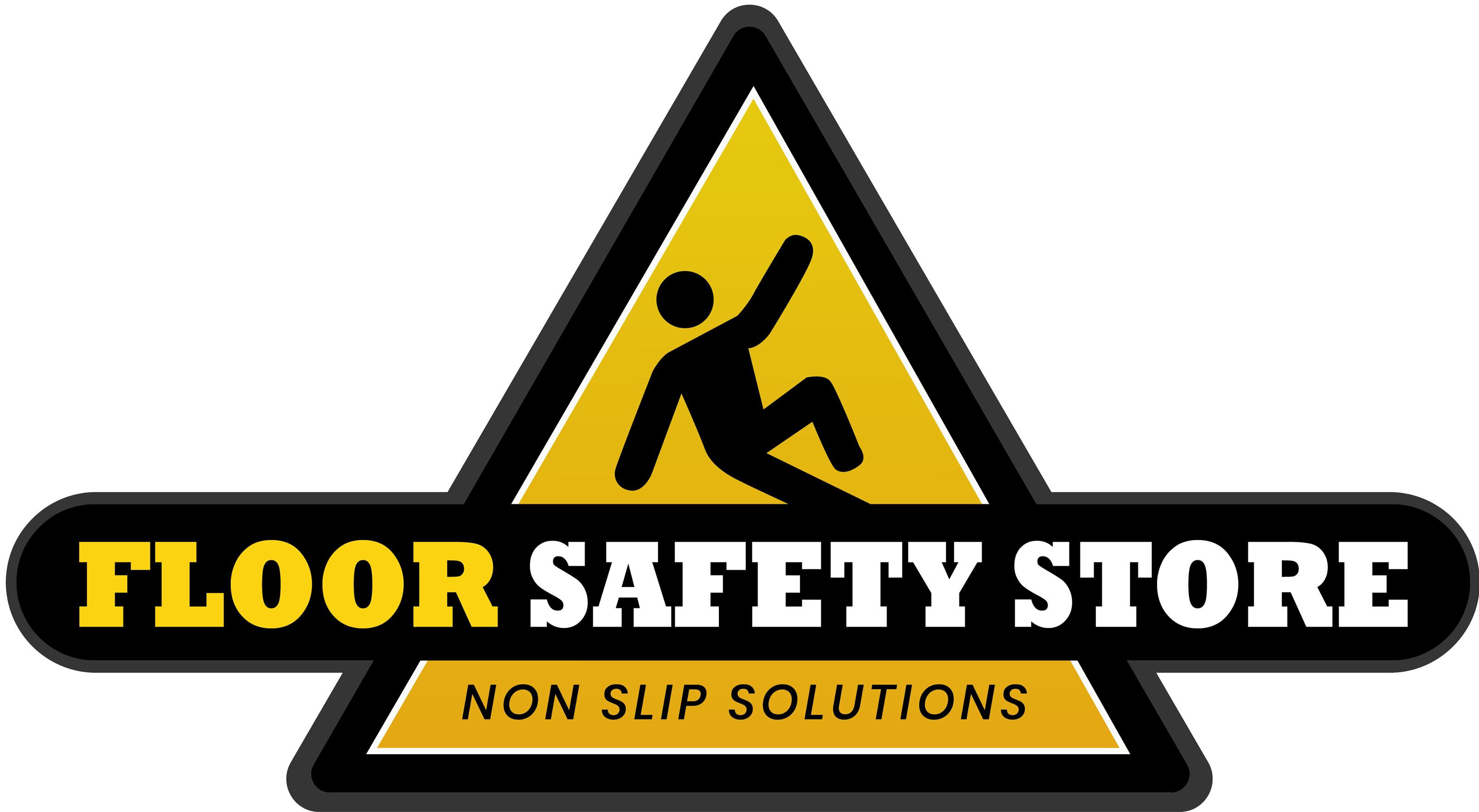Underlay
An underlay is a covering of material placed between the floor and the floor. It keeps the floor clean and stable, covers minor irregularities in the subfloor, and may provide insulation against sound and heat transfer. The underneath is an extremely thin layer of high-density foam that protects the flooring for a lifetime. It is laid between the flooring and the flooring in order to provide a sound barrier while also protecting the hardwoods from mildew, mold, and moisture.
Before placing floor tiles, you must first install the tile underlay. Underlay is easy to handle and install, providing a flat, resilient, and smooth surface. It also prevents moisture and mold and does not expand when wet, making it excellent for bathrooms, laundry rooms, and other damp places.
If you’re looking for the best underlay for wool carpets in areas like bedrooms, hallways, or stairwells, felt underlay is a great option. This is because the felt underlay gives a high level of softness underfoot and keeps the wool carpeting from flattening out.
Traditionally, underlay is comprised of rubber, felted wool, or polyurethane foam. Modern underlay is made from recovered post-industrial materials, which increases sustainability and is especially beneficial for clients with environmental concerns or goals. Wool is especially helpful for insulation, as a thicker underlay is more pleasant underfoot. It is critical to select a high-quality rubber underlay because it frequently contains air pockets. The deeper the underlay, the more durable the carpet will be.
Speaking of dreadful noise, the underlay absorbs as well as reduces the sounds of footfall across the floor’s surface, making laminate flooring with an underlay up to 50% quieter than those without. This is ideal in traditional homes, but especially in split-level apartments, where your neighbors below will hardly notice you’re there.
Some underlays have a protection layer underneath them to prevent dampness from penetrating the subfloor and causing damage to the floors above. Basements and toilets, in particular, ought to have such coverings because they are constantly humid.
The cork expansion joint is made from clean, carefully selected granulated cork that has been glued with phenolic resin. It is extremely durable, compressing without extrusion and recovering to 95% of its initial width after 50% compression. An expansion joint in building construction is a mid-structure split that is intended to relieve pressure on building components induced by movement. Building movements at joints of expansion are mostly driven by thermal contraction and expansion due to temperature variations.
Cork boards are extremely sturdy and will last for many years. A roll of cork can be useful as a silencing and insulating topcoat for panels, as well as an ornamental component for walls, which helps to insulate a space. Take a peek at our extensive cork roll offering.
Large cork rolls on walls are ideal for creating large-scale pinboards and artistic cork walls. The rolls’ enormous width and possible length of as much as 10 meters make them ideal for covering vast areas. Using cork rolls on a wall is an extremely cost-effective way to cover the area with cork! You can easily trim the cork with an ordinary knife and bond it to the wall.
Showing 1–12 of 46 results
-

4mm Thick High Density Cork Rolls – Pack Of 3
Price range: £23.02 through £51.84High Density Cork Rolls - Pack of 3:…
-
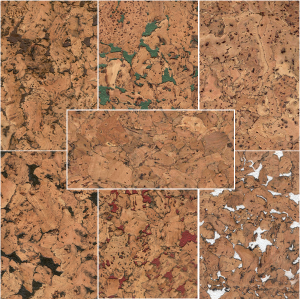
600mm x 300mm Wall Tile – 1.98m2 Coverage
£53.98600mm x 300mm Wall Tile - 1.98m2 Coverage…
-
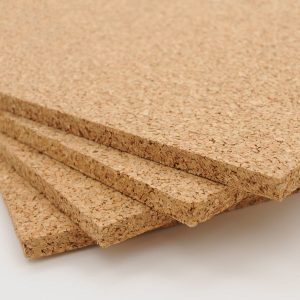
610mm x 450mm Adhesive Cork Sheet – Pack of 4
Price range: £39.82 through £56.06610mm x 450mm Adhesive Cork Sheet - Pack…
-
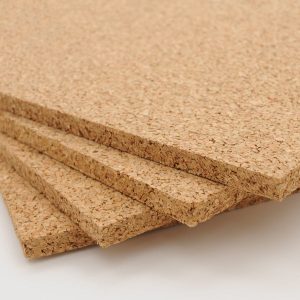
610mm x 450mm Non Adhesive Cork Sheet – Pack Of 4
Price range: £22.68 through £195.05610mm x 450mm Non Adhesive Cork Sheet -…
-

915mm x 305mm High Density Cork Rolls – Pack Of 4
£21.10915mm x 305mm High Density Cork Rolls -…
-
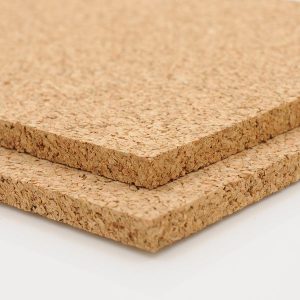
915mm x 610mm Adhesive Cork Sheet – Pack of 2
Price range: £39.82 through £56.06915mm x 610mm Adhesive Cork Sheet - Pack…
-
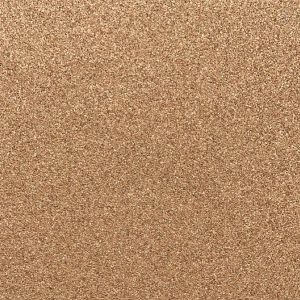
915mm x 610mm High Density Adhesive Cork Sheet
£108.00915mm x 610mm High Density Adhesive Cork Sheet…
-
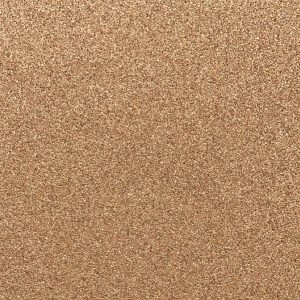
915mm x 610mm High Density Non Adhesive Cork Sheeet
£115.20915mm x 610mm High Density Non Adhesive Cork…
-

915mm x 610mm Non Adhesive Cork Sheet – Pack Of 2
Price range: £24.19 through £208.06Non Adhesive Cork Sheet - Pack Of 2…
-
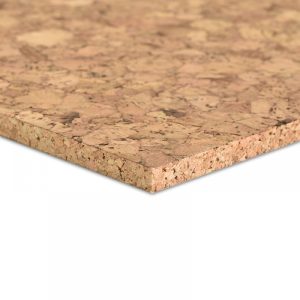
915mm x 610mm Non Adhesive Cork Sheet – Single Sheet
£270.00915mm x 610mm Non Adhesive Cork Sheet -…
-
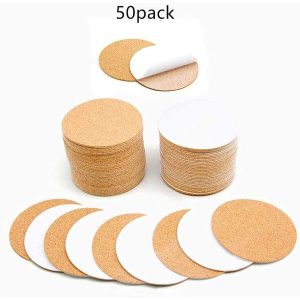
Adhesive Coaster Cork Sheet (Pack Of 50 Sheets)
£19.18Adhesive Coaster Cork Sheet (Pack Of 50 Sheets)…
-
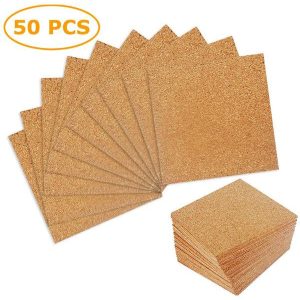
Adhesive Coaster Cork Sheet (Pack Of 50 Sheets)
£19.18Adhesive Coaster Cork Sheet (Pack Of 50 Sheets)…
